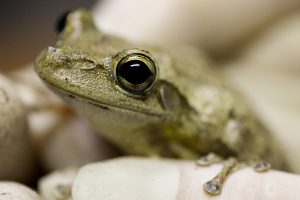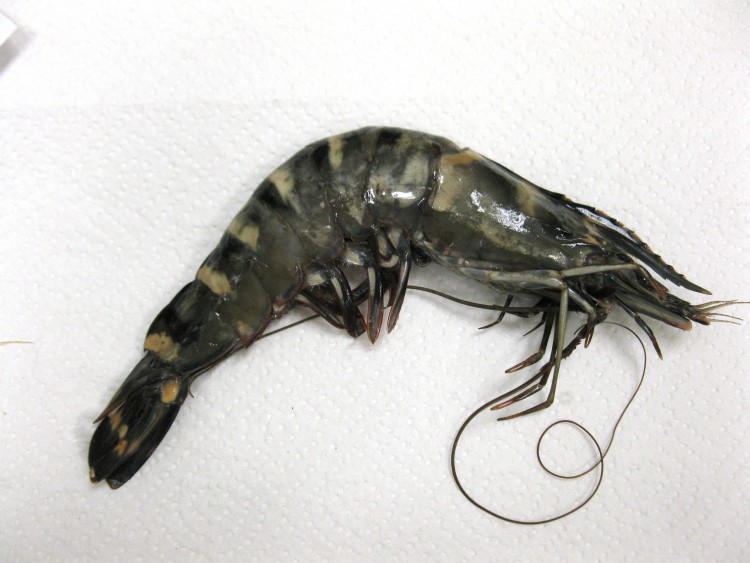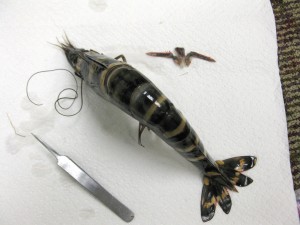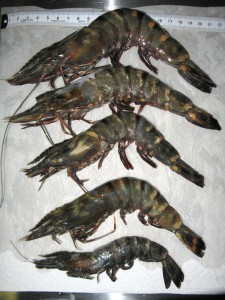
Join Our Workshop to Manage the Invasion of Cuban Treefrogs!
Cuban Treefrogs and Environmental Concerns
Discover the fascinating world of Cuban Treefrogs and join us for an exciting workshop aimed at effectively managing their invasion. Led by Dr. Steve Johnson, an expert on Cuban Treefrogs from UF/IFAS Extension, this workshop will provide you with valuable insights on recognizing these invasive frogs and exploring management options. In addition, attendees will have the opportunity to learn how to monitor and report data on Cuban Treefrog populations. Together, let’s take action to address the challenges posed by the invasion of Cuban Treefrogs! The Workshop will be held September 28th 9am – 3pm CDT at 2728 E14th St, Panama City, FL 32401 Register Here
The Invasion of Cuban Treefrogs:
Originating from Cuba and introduced unintentionally to Florida in the 1920s, the Cuban Treefrog has rapidly established itself across various states, including Georgia and Louisiana. Believed to have arrived as stowaways in shipping crates, these non-native frogs have become a cause for concern due to their impacts on native treefrog and toad populations.

Understanding the Threat:
Cuban Treefrog adults and their tadpoles are known predators of native treefrogs and toads. Their presence poses a significant threat to the delicate balance of our ecosystems. Therefore, it is crucial to develop effective management strategies to curb their invasion and minimize their impact on our native species.

Workshop Highlights:
During the workshop, Dr. Steve Johnson, an esteemed authority on Cuban Treefrogs, will guide participants through the identification and management of these invasive frogs. Attendees will gain valuable knowledge and practical skills to recognize Cuban Treefrogs and explore options for effectively managing their populations. Participants will also build and take home their own treefrog house (refugia) made with PVC.
Contributing to Research:
In addition to learning about identification and management, workshop attendees will have the opportunity to play an active role in monitoring and reporting data on Cuban Treefrog populations. By actively participating in data collection efforts, you will contribute to scientific research and provide crucial insights into the distribution and behavior of these invasive frogs.
Join the Cause:
The invasion of Cuban Treefrogs is a pressing environmental issue that requires collective action. By attending our workshop, you can become an agent of change in addressing this invasive species. Let’s work together to protect our native treefrogs and toads by effectively managing the population of Cuban Treefrogs.
Don’t miss out on this unique opportunity to join Dr. Steve Johnson and fellow nature enthusiasts in our workshop focused on managing the invasion of Cuban Treefrogs. By acquiring knowledge, developing practical skills, and contributing to data collection efforts, you can actively participate in protecting our native species and preserving the delicate balance of our ecosystems. Together, let’s make a difference and tackle the challenges posed by the Cuban Treefrog invasion. Register now and be a part of this important environmental initiative!




